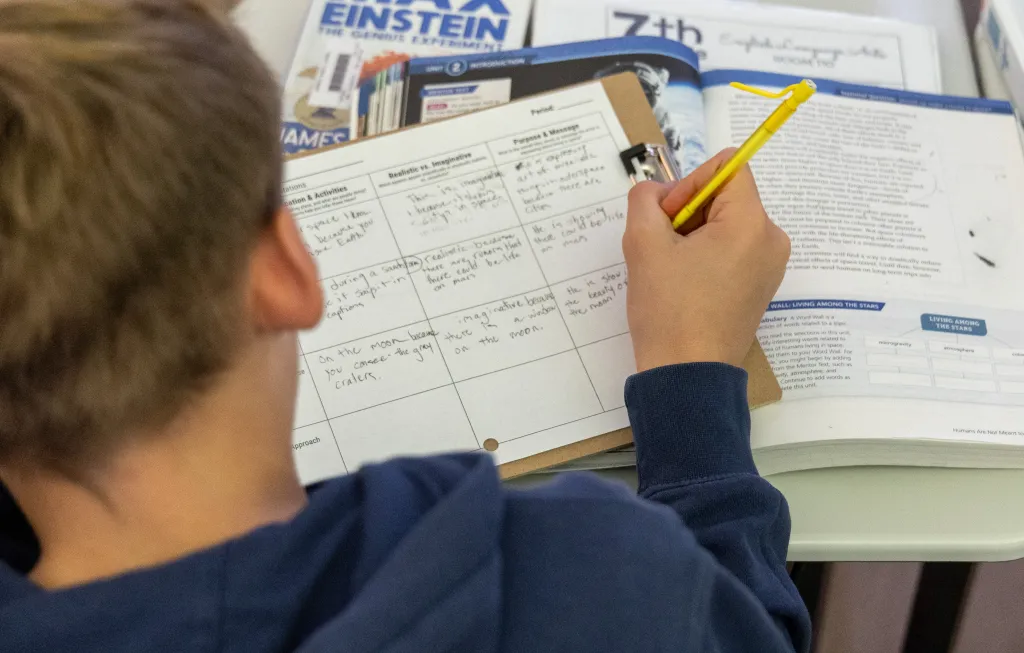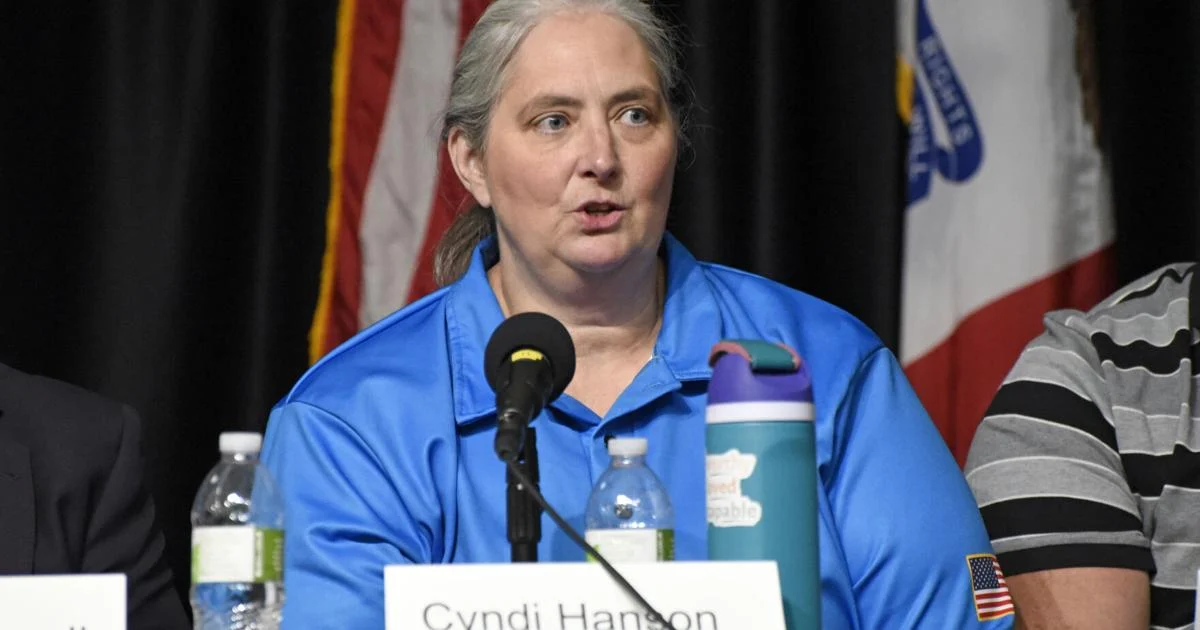Copyright Chicago Tribune

The 2025 Illinois Report Card data was just released, and it includes “new aligned performance levels” for English, math and science tests. That’s because this school year began with new test standards for students in Illinois put in place by the Illinois State Board of Education, effectively lowering the point at which students are considered “proficient” or “meeting standards.” Some families and policy leaders have expressed worry that this change to Illinois testing policy means a drop in expectations, particularly since the old standards were intended to line up with progress toward college readiness benchmarks on college admissions exams, like the SAT and ACT. But a closer look shows the new proficiency benchmarks don’t sacrifice college readiness. Instead, they can fix the underestimation of students’ abilities that the old benchmarks fueled. Previously, Illinois’ standards were some of the most difficult nationally, and were set well above the grade-level averages. That meant most students in Illinois were told they were not meeting grade level standards every single year, and not on track to succeed in college— even students whose performance was at or above average for their grade, and who went on to thrive in college. It seemed, from test score data, that Illinois schools were failing their students. Yet Illinois students perform at or above national averages, per the Nation’s Report Card. That disconnect is a problem. It fuels confusion and misperceptions with real consequences: students underestimated their skills, their abilities as learners, and their goals for college, and the public’s confidence in local schools took a hit. We need accurate information. More students’ test scores in grades three to 11 will be considered proficient this year than previously, which would be concerning if data showed that students with those scores struggled in college. But students with “proficient” scores under the new standards are very likely to succeed in their college classes. Using ACT’s data, students at both the old and new standards are twice as likely than not to get a “C” grade or higher in first year college classes. SAT research does not even differentiate between college success for students at the old and new levels; it groups students’ scores at both standards together with even higher scores (1000 to 1100) and shows an average college freshman GPA of 2.62 for that group. It’s important to remember that there is no magic score that guarantees a student is “ready” or “not ready” for higher education. For example, SAT research shows that student scores just below the new proficiency standards (with SAT scores 900 to 1000) have an average college freshman GPA of 2.44; that’s not remarkably different from the 2.62 average GPA of students with scores in the proficient group. That’s because standardized test scores are just one piece of information about college readiness. It is not possible to include all the content that students learn in school in one assessment, or even most of it. Students also need non-academic skills such as time management, study habits and persistence in the face of challenge, which are not reflected in assessments. We all know that many different factors shape college performance, including the quality of teaching and supports students encounter in college, and how many other responsibilities students have while in college. Illinois Assessment of Readiness scores do not determine whether students will succeed in college; they can simply indicate students’ probability of success with a considerable margin of error. The revised standards used in this year’s Illinois Report Card provide more accurate information to students, families and schools. We can applaud the potential to keep more students’ college aspirations intact, to fuel the next generation of Illinois professionals and leaders. Elaine Allensworth is the Lewis-Sebring director of the UChicago Consortium on School Research and the author of the new book “Using Data to Improve Schools.”



